Workplace Trends to Watch in 2022

With a surge in COVID-19 cases, some companies are delaying their return to work. Other businesses have been back in the office for some time, but are offering remote flexibility once again as school closures impact parents from California to New York.
With these constant adjustments, you might think that workplace dynamics aren’t much different than they were last year.
But the experiences of this past year have profoundly shaped how employees view their relationship to work -- and how organizations are responding. These are our top observations on how workplace design is shifting in response to these ever-changing conditions.
1. Return to Work Will Look Different for Everyone
If they haven’t already, many companies plan to return to the office in full force this year. When and how that happens appears to depend on several factors, including population density. A 2021 Penn State University and Utah State University study found that urban workers are more likely to work remotely than their rural counterparts.
Urban areas will vary, however. One survey of managers in 28 U.S. cities found that cities where longer commutes or existing work-from-home policies are the norm, like San Francisco, are more likely to maintain hybrid work environments. Cities where companies invest heavily in commercial real estate, like Austin and Miami, may have employees back in the office in greater numbers.
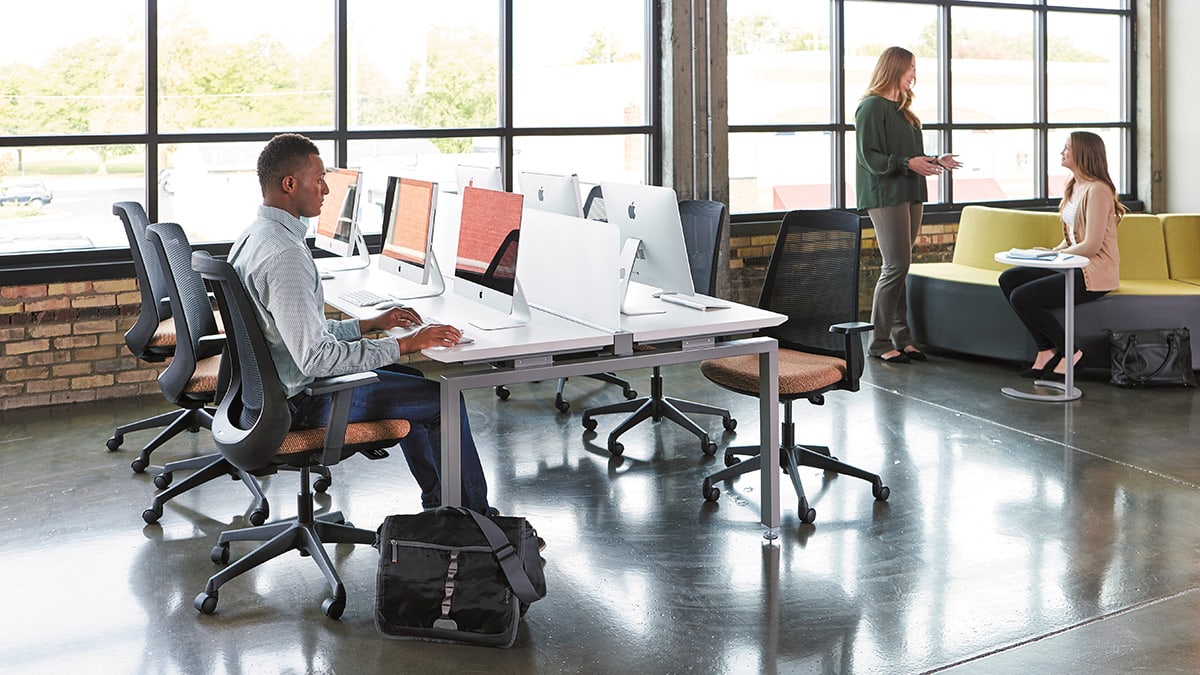
An analysis from McKinsey & Company indicates that job duties will continue to influence whether companies adopt flexible work policies. For instance, agriculture and manufacturing industries require a hands-on approach that software and finance industries might not.
2. Attracting and Retaining Employees Will Be a Top Priority
A record-high 4.5 million workers quit their jobs in November, following similar numbers in September and October. Now more than ever, employers are prioritizing how to attract new talent and keep their existing team members happy and engaged.
This “Great Resignation” trend is accelerated by generational differences in what people are looking for in an employer. Young adults are quitting their jobs at higher rates than older generations. To show Gen Z workers they are valued, businesses are prioritizing workplace design strategies and policies and that emulate the freedoms those employees had on college campuses.
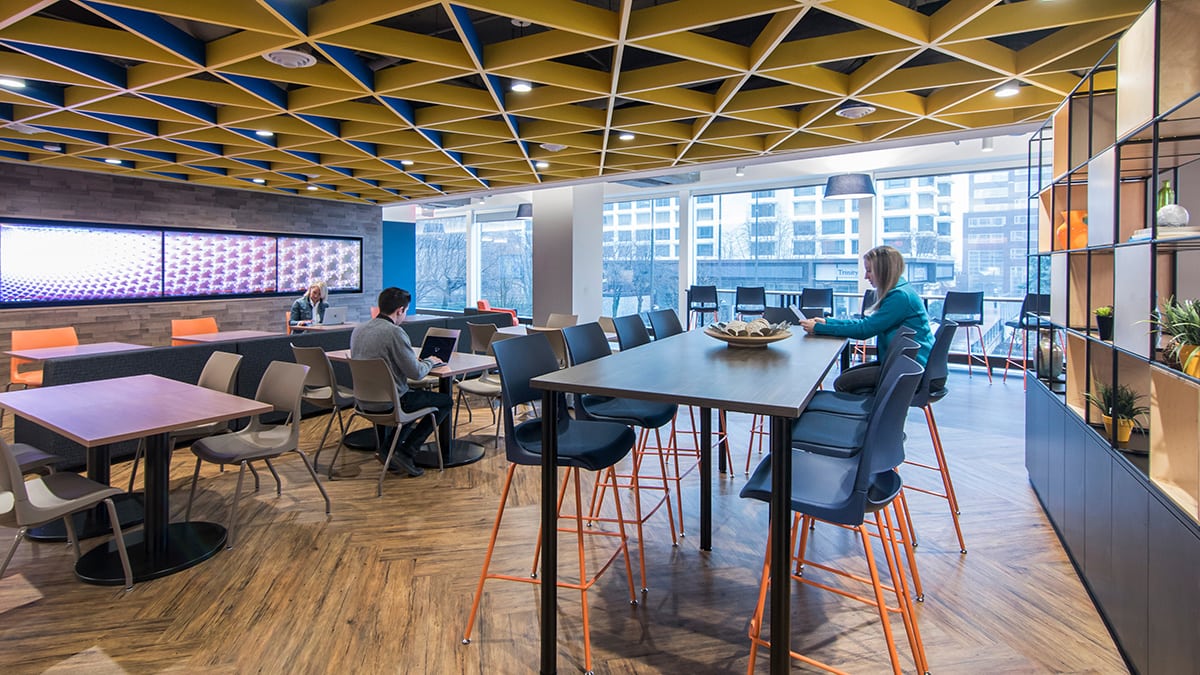
3. Hybrid Is Here to Stay
If anything is certain, it’s that hybrid office environments are here to stay. A recent survey of 44 major companies found that just two have an “office-first” policy and five consider themselves “remote-first.” The vast majority of companies are taking a hybrid approach.
That’s also what we’re hearing in our conversations with KI partners and clients. Employers view the integration of the physical and digital workplace as critical to combating the “Great Resignation” by providing employees with the flexibility they expect.
4. A Graduation From Wellness to Well-Being
As employers focus on retaining and attracting employees, we’ll continue to see a shift in promoting wellness to overall well-being. While wellness encompasses physical and mental health, well-being goes a step further by emphasizing feeling good in all aspects of one’s life, including social relationships, workplace culture and employee trust.
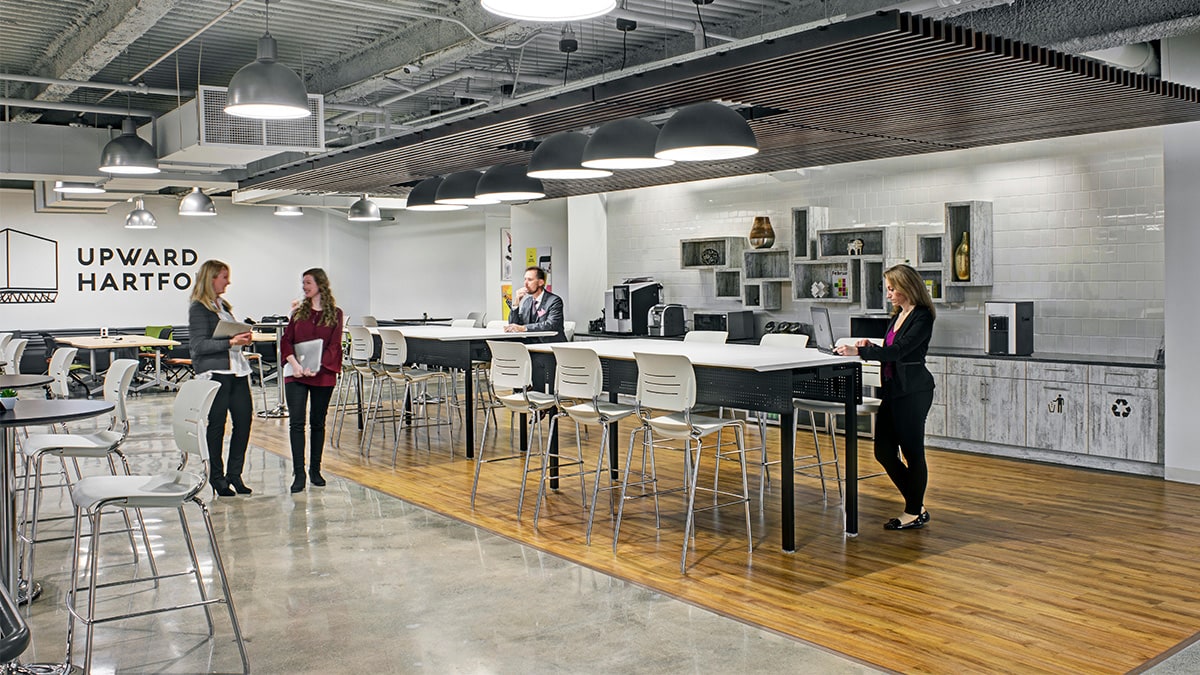
Studies show that giving employees more autonomy at work improves mental well-being, which correlates with increased worker satisfaction and retention. Employers are also likely to expand efforts to practice empathy and support a sense of purpose to enhance employee well-being.
5. A Focus on American-Made Office Furniture
From having to wait months to drive off the car dealership lot in your model of choice to going grocery shopping only to find empty shelves, the ripple effects of supply chain disruptions are far reaching.
To circumvent these issues, we expect companies will increasingly source goods domestically. For example, at KI we are always actively looking for domestic suppliers to help offset the transportation costs we are currently seeing. If attraction and retention efforts are successful, this trend could prove to be a boon for U.S. manufacturing.
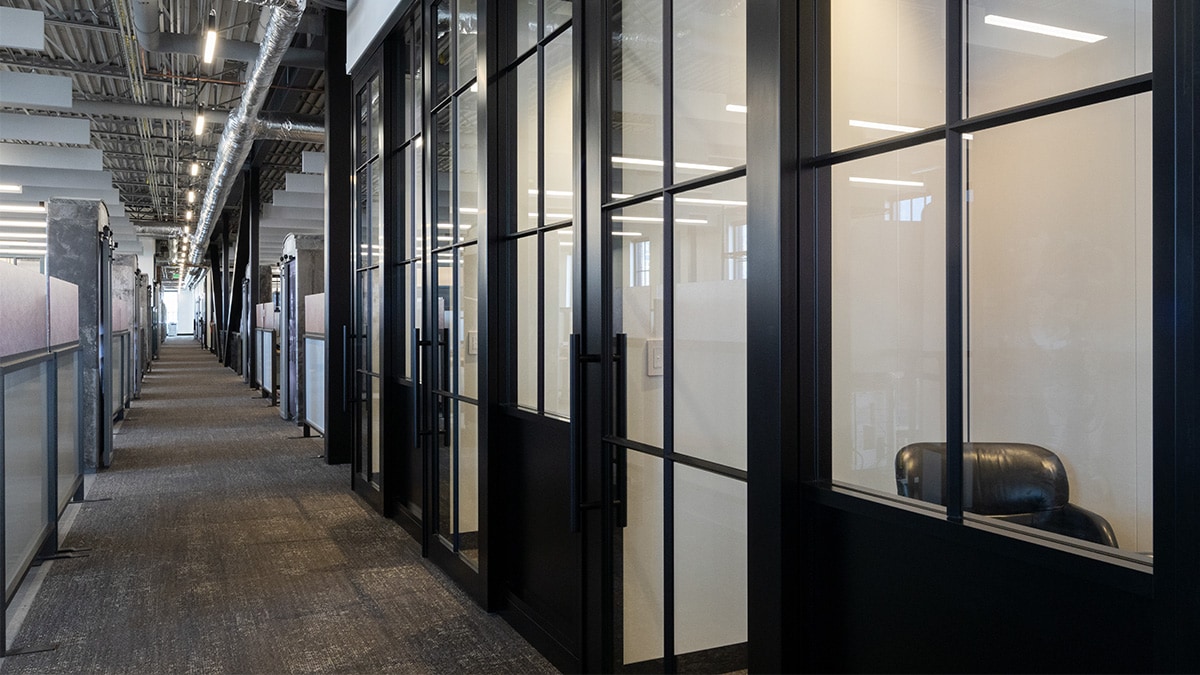
6. Workplaces Must Offer Flexibility and Comfort
When it comes to workplace design, employers will continue to prioritize spaces that promote comfort and collaboration. These themes will help organizations welcome workers back to the office and focus on their well-being at the same time.
Similarly, flexible workplaces in which employees can choose where and how they work can build employee trust while simultaneously supporting hybrid office models.
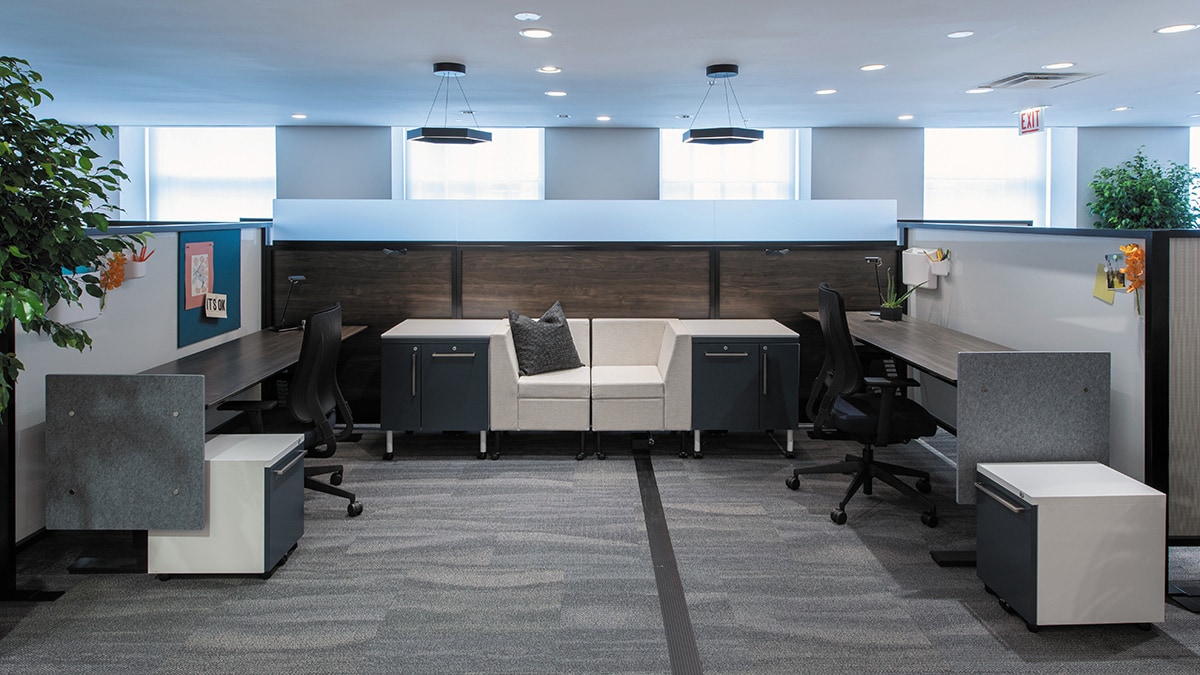
Last year, we predicted a return to the office en masse. But 2021 kept us on our toes. As uncertainty continues into 2022, we believe organizations will focus on progressive ideas to improve workplace design and maintain a connection with their employees above all else, doing so through a combination of the digital and physical office.
What workplace design trends are you seeing? I'd love to hear from you! Drop me a line at jonathan.webb@ki.com.
Subscribe
Stay up to date with the latest trends and more.
